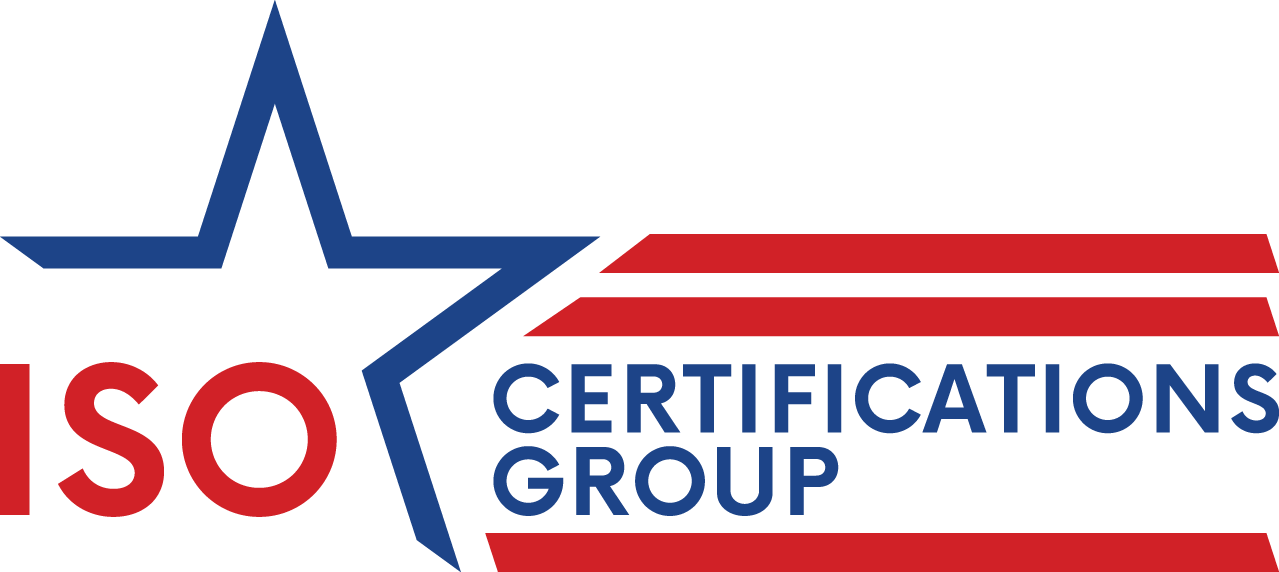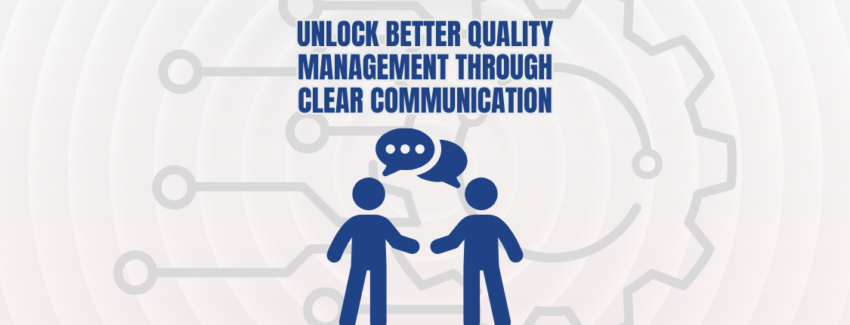Every organization depends on communication, whether it’s exchanging information with suppliers or holding internal one-on-one meetings. But communication is more than just transferring data; it’s a strategic tool that can directly impact the efficiency and effectiveness of your operations. A well-executed communication strategy reduces errors, accelerates workflows, and enhances overall performance.
In ISO management systems, especially ISO 9001, efficiency and consistency are crucial. Clear, high-quality communication minimizes the need for repetitive clarifications and helps avoid costly misunderstandings. When your teams communicate effectively, tasks are completed more efficiently, and quality objectives are easier to achieve. This article explores practical ways to improve communication and how doing so can elevate your quality management system (QMS).
Why Communication Matters in Quality Management
ISO 9001 Clause 7.4 underscores the vital role of communication (both internal and external) in maintaining an effective QMS. Internally, it ensures that employees understand their responsibilities, quality goals, and procedures. This clarity supports smarter decision-making and fosters teamwork. Externally, good communication with suppliers, regulators, and customers helps manage expectations, ensure compliance, and build trust.
Consistency in how information is shared across departments prevents gaps and misinterpretations that could compromise quality. Structured communication also encourages a culture of continuous improvement by making it easier for employees to share insights and identify opportunities. In short, effective communication reinforces every element of your QMS and contributes to long-term success.
How to Strengthen Communication Strategies
Evaluate Current Communication Practices
Start by clearly identifying existing communication channels across your organization. Are key messages being shared effectively between departments and with external partners? If not, gaps must be addressed. Regularly reviewing these channels ensures that everyone, from team members to suppliers, receives timely and relevant quality-related information. An effective communication strategy minimizes confusion and ensures alignment across your QMS.
Customer feedback also plays a key role. Use it not only to respond to issues but also to refine how your organization shares and receives information. Better communication leads to faster problem resolution and greater customer satisfaction.
Employee Communication and Engagement
Employees are critical to implementing and sustaining quality initiatives. That’s why communication must be tailored and targeted. Share updates on performance metrics, policy changes, or risk issues using a variety of tools: meetings, newsletters, or digital platforms. This keeps everyone informed and engaged.
Top management should reinforce the organization’s quality policy regularly and connect it to employees’ daily tasks. This ensures that staff members understand their impact on quality outcomes, even if they don’t have the policy memorized. Incorporating real-life case studies and lessons learned into training builds relevance and reinforces continuous improvement.
Develop a Clear Communication Procedure
Effective communication is structured, whether it happens face-to-face or online. Every message should have a clear purpose and provide the necessary background. Avoid assuming that the recipient knows the context— instead, deliver information clearly and directly.
When making requests or sharing updates, explain the ‘why’ behind the message. This makes the communication more meaningful and encourages cooperation. Include space for feedback and collaboration to make the message two-way. A flexible, well-defined approach ensures communication stays effective and evolves as needs change.
Conclusion: Enforce Quality Communication
Strong communication is the backbone of a successful QMS. By developing structured and transparent communication strategies, your organization can reduce misunderstandings, improve efficiency, and align everyone with your quality goals.
Prioritizing communication not only boosts operational performance but also nurtures a culture of openness and engagement. Whether it’s through formal procedures, digital tools, or regular check-ins, organizations that value communication are better equipped to meet customer expectations, maintain compliance, and achieve sustainable success.
Ready to take the next step towards an ISO 9001 certified quality management system? Contact ISO Certifications Group to start the certification process with a professional, experienced team.

